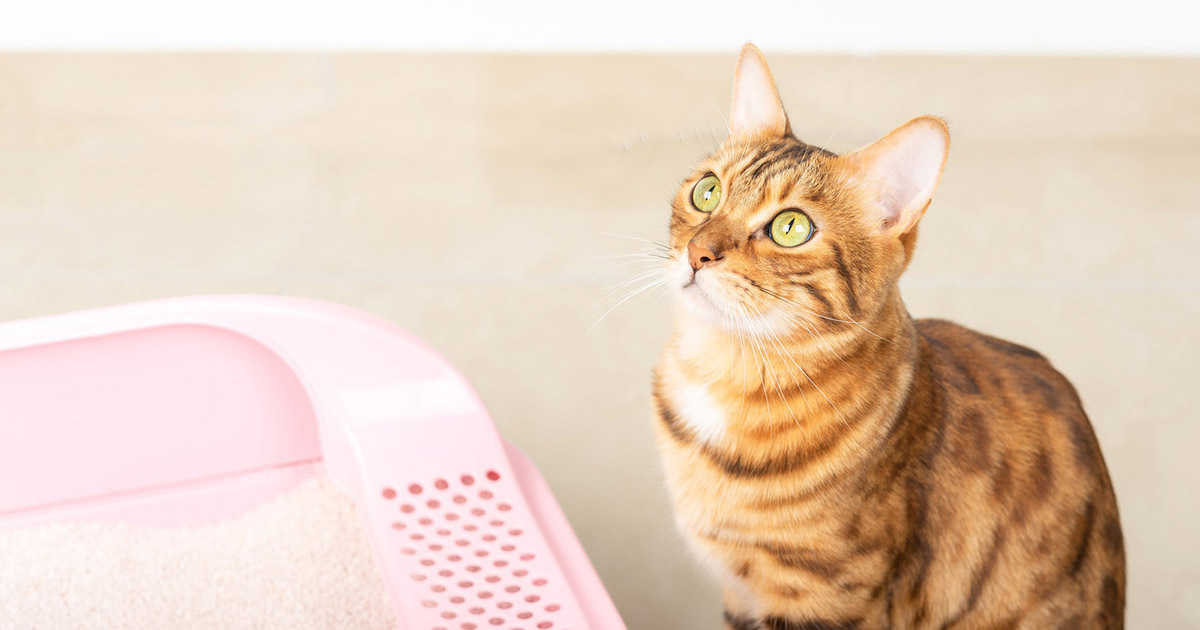Understanding the Hazards of Flushing Animal Waste Down the Toilet
Understanding the Hazards of Flushing Animal Waste Down the Toilet
Blog Article
What're your beliefs on Why you should never flush dog poop down the toilet?

When it comes to disposing of waste, specifically animal waste, many people usually consider the hassle-free choice of flushing it down the commode. Nevertheless, this relatively easy service can have major repercussions for the environment and public health. In this article, we'll discover why flushing animal waste down the toilet is a negative idea and provide different techniques for appropriate disposal.
Introduction
Proper garbage disposal is essential for keeping ecological sustainability and public health. While it may appear harmless to purge animal waste down the bathroom, it can cause numerous problems, both for the atmosphere and human wellness.
Threats of flushing pet waste
Environmental effect
Flushing animal waste introduces unsafe bacteria and microorganisms right into rivers, which can adversely affect marine ecological communities. These pathogens can contaminate water sources and damage marine life, interfering with fragile ecosystems.
Public health worries
Pet waste has hazardous microorganisms such as E. coli and Salmonella, which can present severe health and wellness risks to human beings. Flushing pet waste down the commode can contaminate water materials, bring about the spread of illness and infections.
Alternatives to flushing
Rather than flushing animal waste down the commode, there are several alternative disposal techniques that are much more environmentally friendly and hygienic.
Composting
Composting pet waste is an eco-friendly means to deal with it. By composting, raw material is broken down into nutrient-rich soil, which can be made use of to fertilize gardens and plants.
Landfill disposal
Taking care of pet waste in a landfill is an additional option. While not as eco-friendly as composting, it is a safer option to flushing, as it prevents the contamination of water resources.
Family pet garbage disposal systems
There are customized family pet waste disposal systems readily available that securely and hygienically get rid of pet waste. These systems often make use of enzymes to break down waste and get rid of smells.
Steps to proper animal waste disposal
To make sure appropriate disposal of pet waste, follow these steps:
Scooping and bagging waste
Consistently scoop and bag animal waste making use of naturally degradable bags. This protects against waste from polluting the setting.
Utilizing assigned waste bins
Dispose of bagged pet waste in marked waste containers, such as compost bins or landfill containers. Stay clear of flushing it down the bathroom in all costs.
Cleaning up can and pet dog locations routinely
Consistently clean can and family pet locations to prevent the accumulation of waste and bacteria. Use pet-safe cleansing products to preserve hygiene.
Advantages of proper disposal methods
Embracing appropriate disposal techniques for animal waste supplies numerous advantages:
Decreased environmental pollution
Proper disposal techniques decrease the threat of environmental pollution, securing rivers and communities from contamination
Reduced threat of water contamination.
By staying clear of flushing pet waste down the toilet, the risk of water contamination is dramatically lowered, guarding public health.
Enhanced sanitation and health
Correct disposal approaches promote far better cleanliness and health, creating a more secure setting for both people and pets.
Conclusion
To conclude, flushing animal waste down the toilet is damaging to the environment and public health. By taking on different disposal methods and adhering to appropriate waste administration methods, we can decrease the unfavorable effect of animal waste and contribute to a cleaner, much healthier world.
What To Do With Dog Poo – The Do's And Don'ts Of Disposing Of Faeces
Dog poo bins
Some councils provide dedicated dog waste bins in popular dog-walking areas that can take dog poo that has been bagged but you can legally dispose of dog waste in any public litter bin, as long as it is securely bagged. This also applies to your wheelie bin at home.
Do not flush
Water companies do not recommend flushing dog faeces down the toilet because certain parasites can survive the water processing treatment and are potentially harmful to humans. You should also never consider flushing dog poo that has been bagged down the toilet as the bags will not break down and instead create severe blockages in the sewage system.
In the woods
The Forestry Commission promotes a ‘stick and flick’ method for dealing with waste in the woods. This means finding a stick and using it to flick any poo from off the path so that it is out of the way of other walkers. You could also bury it as long as it is not in an area where there might be livestock.
Livestock
Parasites found in dog poo can be transmitted to livestock if they inadvertently eat infected faeces that has been left on grazing land. This could result in the death of sheep or abortion in cattle so you should always make sure you pick up your dog’s waste in fields where livestock could be present.

We had been made aware of that write-up about through a buddy on a different web address. Make sure you take the time to share this blog entry if you liked it. Thanks for your time. Don't hesitate to check our site back soon.
Book Today! Report this page